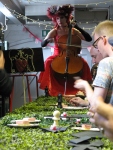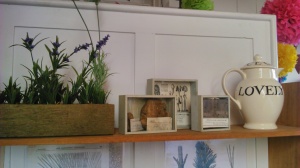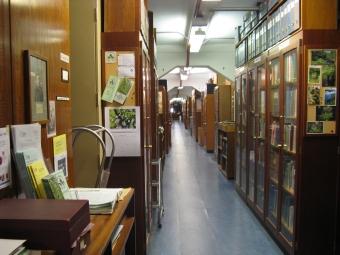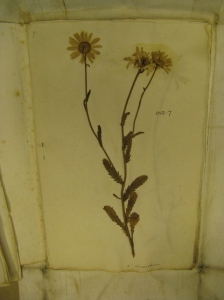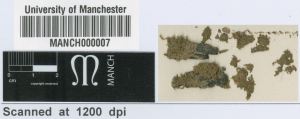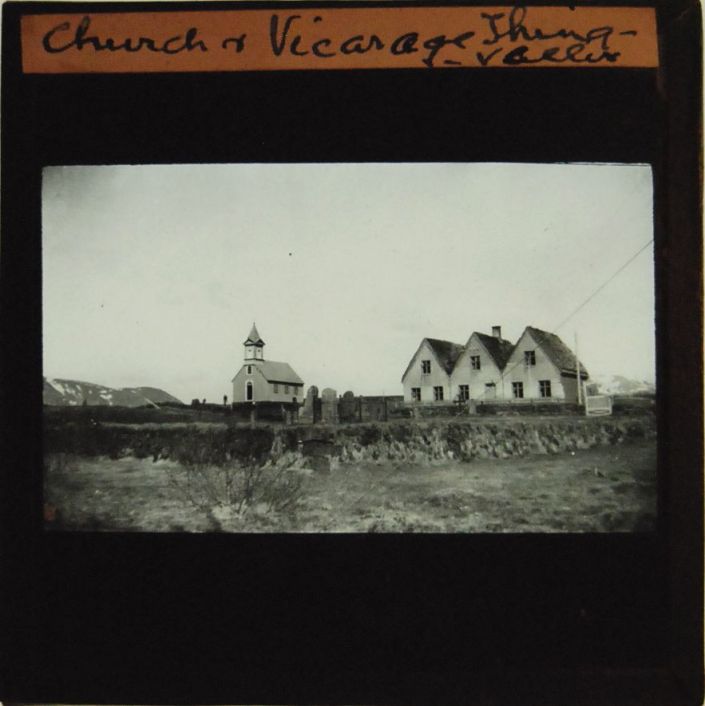collection
Unlocking the vault: making the most of scientific collections
Manchester 26-27th June. Kanaris lecture theatre, Manchester Museum
Science and natural history collections include objects, specimens, models and illustrations which are a goldmine of useful information and inspiration. They are immensely popular with the public, but are often cared for by non-specialists who can perceive them as difficult to work with. There is a danger that these collections can be forgotten, underused and undervalued.
Join us for this one and a half day conference looking at the innovative ways in which collections are being used. Speakers from historic collections across Europe will be joining us to discuss best practise in the use of scientific and natural history collections. We will be exploring ways to connect people to collections for greatest impact.
We have an interesting programme of talks from expert speakers in three sessions: ‘Connecting collections and breaking isolation’, ‘Reaching out to new audiences’ and ‘New meanings through art, history and research’.
Dr. Tim Boon, Science Museum Group. ‘Science Museum Group Research and the Interdisciplinary Culture of Collections’
Mark Carnall, Oxford University Museum of Natural History. ‘Not real, not worth it?’
Dr Caroline Cornish, Royal Holloway, University of London. ‘Useful or curious’? Reinventing Kew’s Museum of Economic Botany’
Jocelyn Dodd, University of Leicester. ‘Encountering the Unexpected: natural heritage collections & successful aging’
Prof. Dirk van Delft, Boerhaave Museum. ‘Real bones for teaching medicine’
Dr. Martha Flemming, V&A Museum. Title TBC
Dr Petra Tjitske Kalshoven, The University of Manchester. ‘The manikin in taxidermy: modelling conceptions of nature’.
Henry McGhie, Manchester Museum. ‘Beyond ‘natural history’: museums for the 21st century’
Dr. Laurens de Rooy, Museum Vrolik, Medical and natural history collections as historical objects: a change of perspective?
Dr. Marjan Scharloo, Teylers Museum. Title TBC
Dr. Cornelia Weber, Coordination Centre for Scientific University Collections in Germany. ‘Back to the Roots: University Collections as Infrastructure for Research and Teaching’
Prof. Yves Winkin, Musée des arts et métiers. ‘An amateur director, professional curators, and a desire for a cabinet of curiosities’
The conference is part of the programming to support Object Lessons, our upcoming exhibition celebrating the scientific model and illustration collection of George Loudon. Each of these finely crafted objects was created for the purpose of understanding the natural world through education, demonstration and display. This exhibition combines Loudon’s collection with models from Manchester Museum and World Museum, Liverpool. The conference is generously supported by Wellcome. Book your place on mcrmuseum.eventbrite.com or call 0161 275 2648.
Captivated by Natural Beauty
They may be of flower-visitors rather than the flowers themselves, but these butterfly paintings by Robin Gregson-Brown are definitely worth sharing! I look forward to the next set of works which include the botanical scenery for his moths and butterflies.
About 30-40% of the visitors to the Manchester Museum’s Entomology Department are art or design students and professionals, who come over to get inspired by the variety of insect shapes, colours and patterns, and to talk to the museum curatorial staff about what interests them. Museum’s curators are especially pleased when such visits result in […]
via Captivated by natural beauty: Robin Gregson-Brown and Lepidoptera — Entomology Manchester
Migration of people and plants to Manchester Christmas Market
One migration story I’ve been looking into is how plants get to the UK (either by accident or design). In December I decided to visit the Manchester Christmas markets with David Gelsthorpe to see what people had brought along to sell.
First we went to see what horticultural delights had arrived from the Netherlands on the Dutch nursery stalls.
I decided to buy some bulbs to grow and add to the collection by pressing the flowers later in the year.
Then we found a lovely stall specialising in Greek herbs, herbal teas and honey.
Safn – Icelandic for museum (and collection)
With a group of curators away on a trip together one thing is guaranteed – we’ll find some museums to visit!

So one Icelandic word I’ve learnt is ‘safn’ meaning museum or collection. We’ve visited a whole host of wonderful museum large and small since arriving in Iceland.
There was Arbaer open air museum with it’s beautiful architecture and really stylish displays of Icelandic life and commodities.
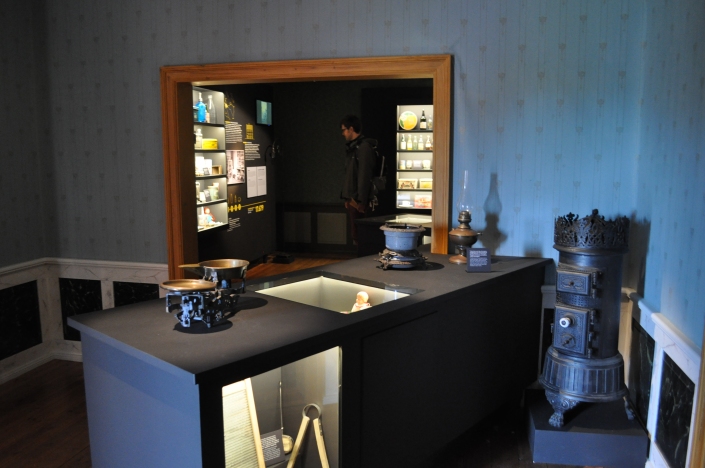

Then there was Eldheimar (Pompeii of the North) telling the story of the eruption on Heimaey with it’s evocative excavated house and clever use of audioguides. David has an interesting interview with the Director of this new museum here.


The Aquarium and Natural History Museum in Heimay celebrating it’s 50th anniversary with decorated stones and the chance to meet it’s VIP resident:

The eclectic shark fishing museum on the north of the Snaefellsness peninsula with artifacts, drying shark and the opportunity to buy the real thing. Visit Dmitri’s blog for a full write-up of this one!
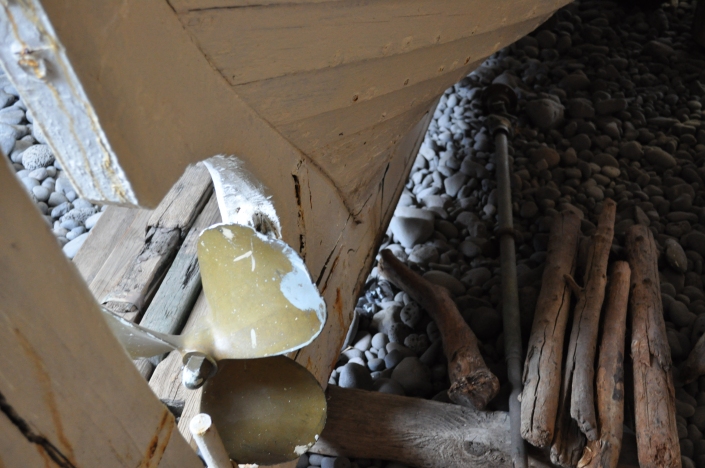
The charming natural history museum in Ólafsfjördur with an extensive collection of birds, a polar bear and something which I particularly enjoyed…..a little browseable herbarium.

At the Museum of Akureyri the current exhibition was an interesting display of images of Iceland today taken using the wet plate technique. We have some plates like this in our collection and even though ours are about 100 years old and these were modern, all the smudges and drips around the edges look identical. ALongside this chenging temporary exhibition they also had two more permanent displays about mapping Iceland and life in Akureyri in ages past.


![DSC_0451[1] DSC_0451[1]](https://herbologymanchester.files.wordpress.com/2017/05/dsc_04511.jpg?w=425&resize=425%2C240&h=240#038;h=240)
![DSC_0433[1] DSC_0433[1]](https://herbologymanchester.files.wordpress.com/2017/05/dsc_04331.jpg?w=425&resize=425%2C239&h=239#038;h=239)
![DSC_0447[1] DSC_0447[1]](https://herbologymanchester.files.wordpress.com/2017/05/dsc_04471.jpg?w=272&resize=272%2C483&h=483#038;h=483)
![DSC_0454[1] DSC_0454[1]](https://herbologymanchester.files.wordpress.com/2017/05/dsc_04541.jpg?w=121&resize=121%2C214&h=214#038;h=214)


![DSC_0434[1] DSC_0434[1]](https://herbologymanchester.files.wordpress.com/2017/05/dsc_04341.jpg?w=120&resize=120%2C214&h=214#038;h=214)















